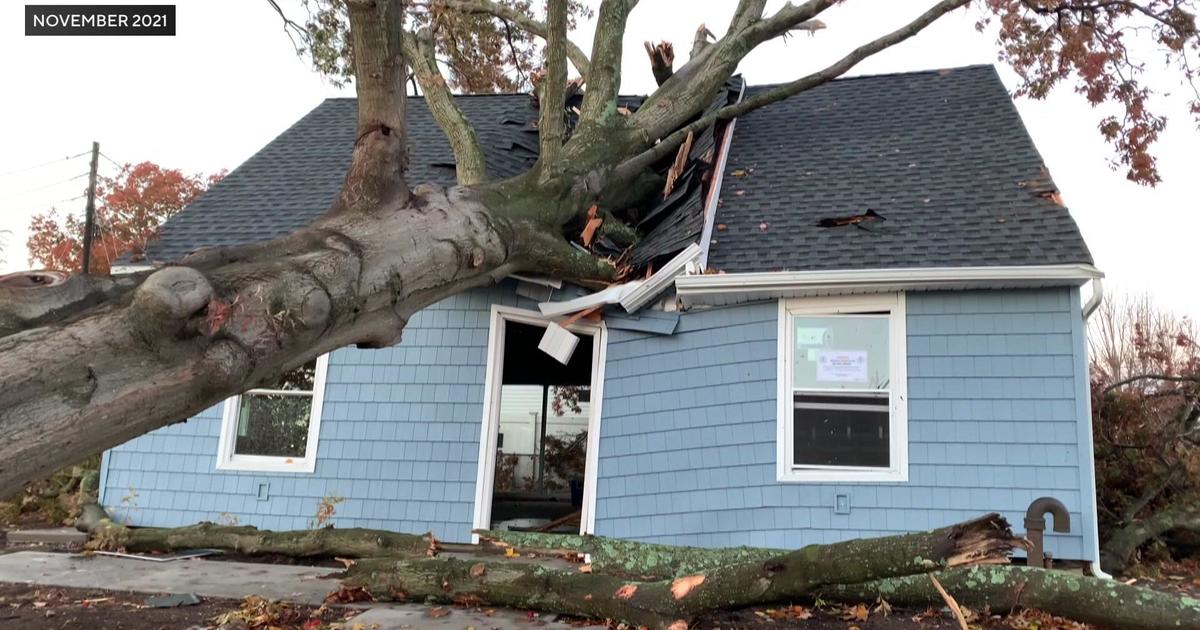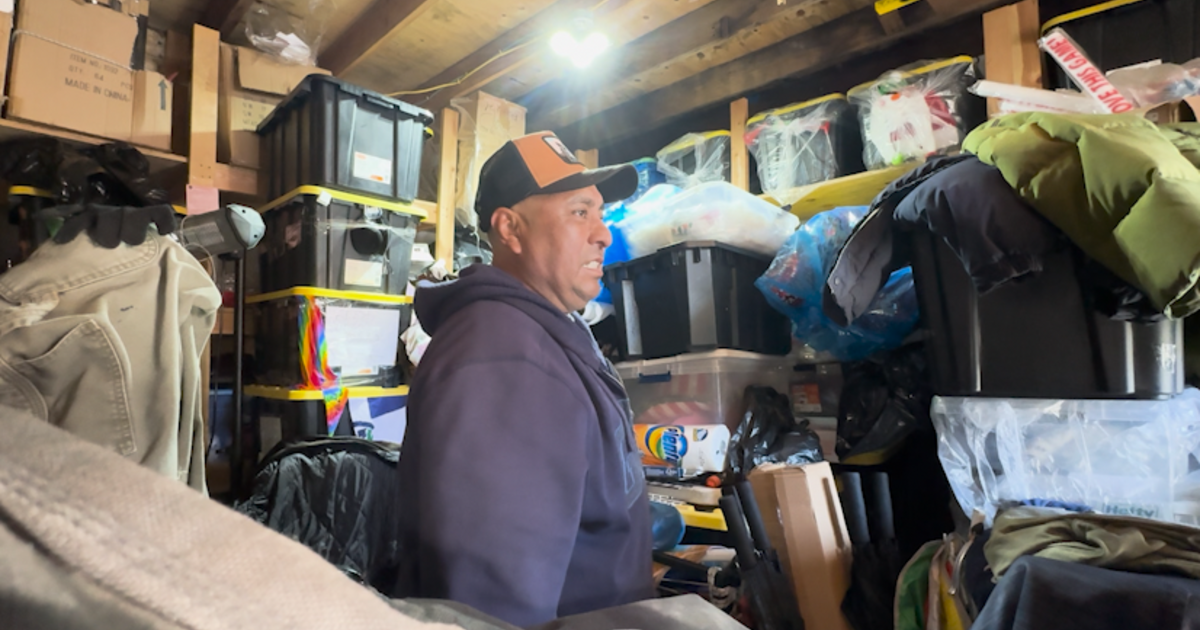Tri-State Area bracing for more devastating storms as hurricane season approaches
NEW YORK -- Months after the remnants of Hurricane Ida struck our area, some are still struggling to recover from the powerful storm.
Ida's fury inundated communities, destroying countless homes.
Now, with a new hurricane season nearly here, many are bracing for the next devastating storm.
Flood waters were tire-high and climbing in Hollis, Queens, when Ida struck. Historic rainfall proved to be more than the foundation of the Shivprasads' home could handle.
"The force just pushed everything, everything inwards," Amit Shivprasad told CBS2's Vanessa Murdock.
Their basement filled within seconds. Two lives were lost there on Sept. 1, when Ida swept through.
"It's heartbreaking. It's devastating. Nobody knows the feelings when you are not in your home," Ramrattie Shivprasad said.
Nine months later, and the Shivprasads still live elsewhere. Their home of nearly 20 years is unsafe.
"The money FEMA gives you can't fix nothing here," Ragendra Shivprasad said.
There's no electricity, no plumbing and the home's stability is secured by temporary measures.
"Hurricane season's coming up June 1st, so we're very worried about this," Amit Shivprasad said.
An active season lies ahead, according to both Kevin Reed, of Stony Brook University, and Chia-Ying Lee, of Lamont-Doherty Earth Observatory.
"When people think about more active years, it can mean more storms or the storms are more strong," Lee said.
Lee and Reed say expect both. A typical year generates about 14 named storms.
"The forecasts that are coming out are expecting about anywhere from kind of 17 to 18 to 19 storms," Reed said.
Two main factors are at play: La Niña and above-normal sea surface temperatures.
La Niña, a build-up of cool water in the equatorial Pacific, produces favorable conditions in the Atlantic for storm formation.
Above-normal sea surface temperatures means more fuel for Mother Nature's beasts to feed.
"The sea surface temperatures of the north Atlantic have increased over the last 50-plus years and are continuing to increase because of external factors such as climate change," Reed said. "It's going forward that we will have more intense storms, as well as storms that are dumping more rainfall."
"We have to rethink the realm of the possible," said Jackie Bray, commissioner of the New York State Division of Homeland Security and Emergency Services.
Bray says there are three things you can do right now to be ready.
One: know your risk.
"Know you're in an evacuation zone. If your street floods during intense rain, know that," Bray said.
Two: make a plan.
"Now is the time to stock up on batteries and bottled water. Make sure your flashlights are ready," Bray said.
Three: stay alert. Know your local forecast, and know your CBS2 First Alert Weather Team and NOAA work hard to keep you informed using some of the most high-tech assets available, including a hurricane hunter aircraft armed with Doppler radar and dropsondes that fall into the storm.
"We have drones that are on the surface of the water getting that information," said Ken Graham, director of the National Hurricane Center.
Graham emphasizes a huge focus for the NHC is how to best communicate risk.
"We're looking at the cone, looking at our website. We're looking at everything we do from a social science lens," he said.
Since 2017, storm surge watches and warnings have been issued, which NHC Deputy Director Jamie Rhome says has had a huge impact on the number of storm surge-related deaths.
"Historically speaking, storm surge was the biggest killer in terms of direct fatalities in hurricanes, up to 50%. That has since dropped to 3%," he said.
Rhome adds now more focus is needed on the threat from inland flooding.
"Now that's where we're losing the greatest number of lives," he said.
We witnessed that all too vividly during Ida. Be prepared now so we can avoid human loss in the future.
Rhome also shares the NHC has "cracked the nut" on rapid intensification forecasting. Previously, the NHC could not predict rapid intensification. Now it can be predicted two or sometimes three days in advance.




